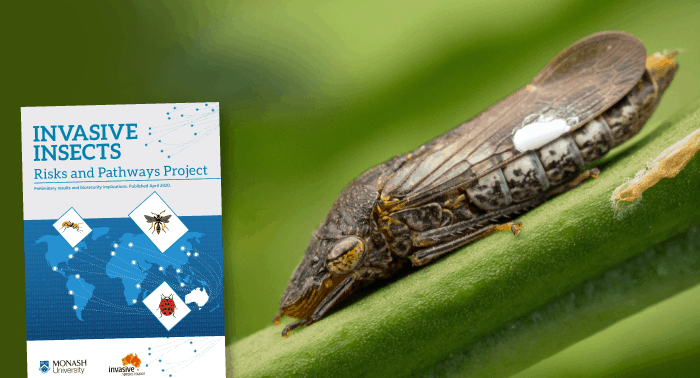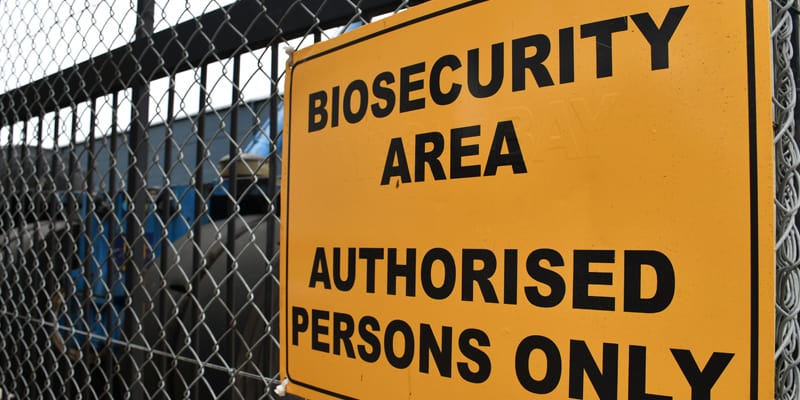An investigation into the online sale of ants has revealed a disturbing global trade that offers up some of the world’s most terrifying and dangerous ants as pets, including red imported fire ants, yellow crazy ants and Australia’s own bull ants and jack jumpers.
“Countries across the world, including Australia, are spending tens of millions of dollars every year battling red imported fire ants and yellow crazy ants, so the thought that people can buy these invasive species online is terrifying,” says Tim Low, a biologist who investigated the trade.
Two of the global traders operate out of Melbourne, offering up ‘beautiful and unique’ Australian queens that ‘we will ship directly to you, where ever you are in the world!’
“Australia has made it illegal to import ants into the country and yet is happy to let traders mail potentially invasive Australian ants overseas,” Mr Low said.
“The export of invasive ants could pose serious biosecurity threats overseas and must be stopped.
“Australia is spending over $750 million just to eradicate red fire ants. It is unconscionable we permit the export of our own problem ants and burden other countries with eradication costs.”
Ant species exported from Australia include a bull ant with fierce stings listed in the Guinness Book of Records as the world’s most dangerous ant. Other exported ants include jack jumpers, which are so serious there is a national program to desensitise people to their stings. Meat ants and green tree ants are also mailed abroad and could cause serious environmental problems in other countries.
The online investigation of Australian ant traders was sparked by a recent study of the global ant trade, which revealed sales of 13 of the 19 worst ant invaders listed by the International Union for Conservation of Nature (IUCN).
This list includes the main species Australia is eradicating – the red imported fire ant, electric ant and yellow crazy ant, plus others of grave concern such as the African big-headed ant and tropical fire ant.
“The global trade in ants should not exist, because the dangers are so grave,” Mr Low said.
“Although Australia bans the importation of ants, we know animal smuggling goes on, and dangerous ants are easier to smuggle in than the illegal reptiles and tarantulas that are regular arrivals. A queen ant, a few workers, and some brood can easily be carried in a small plastic tube or posted through standard mail.
“Invasive ants are major ecosystem engineers and many species form super colonies that can quickly infiltrate entire forests and farms, wreaking havoc on native ecosystems and costing farmers millions in lost income.
“We’ve seen what happens when red imported fire ants and yellow crazy ants get out of control in Queensland and the result is ugly and very expensive to control.”
The Invasive Species Council is calling on the Australian Government to stop the export of all Australian ants.
It also wants Australia to lead efforts to secure a global ban on the foreign trade in ants. Each country has enough native species to gratify pet owners.
Tim Low, a co-founder of the Invasive Species Council and celebrated nature writer, is also behind the new online portal Insect Watch, which takes us into the world of invasive insects and shows Australians how to identify and report possible new insect invaders.









